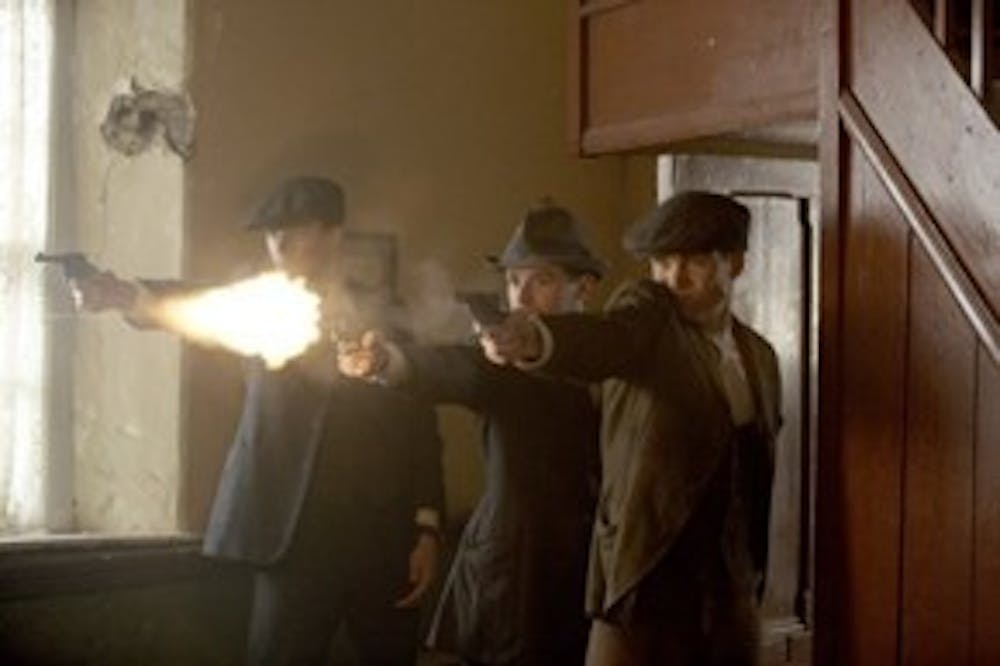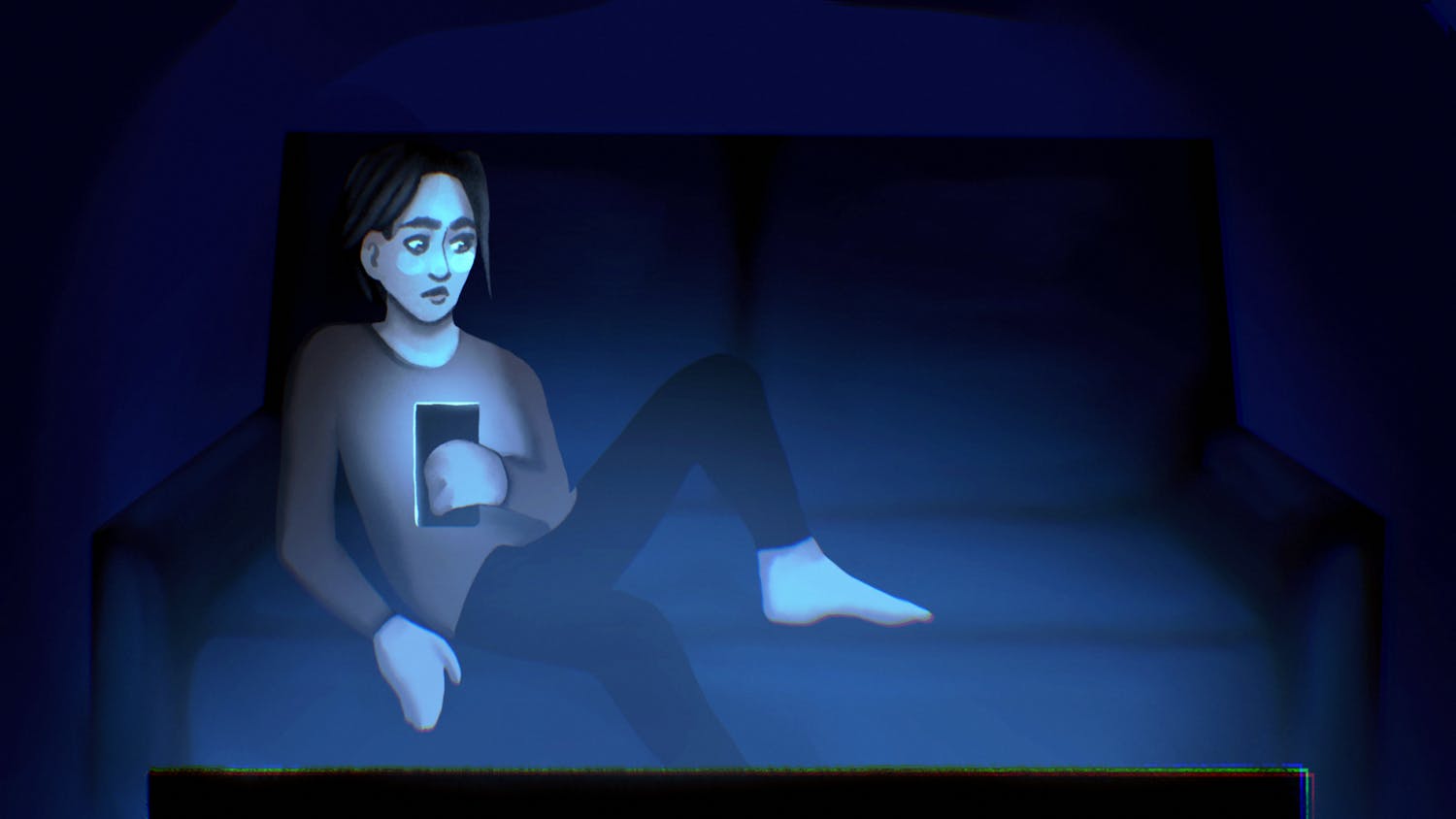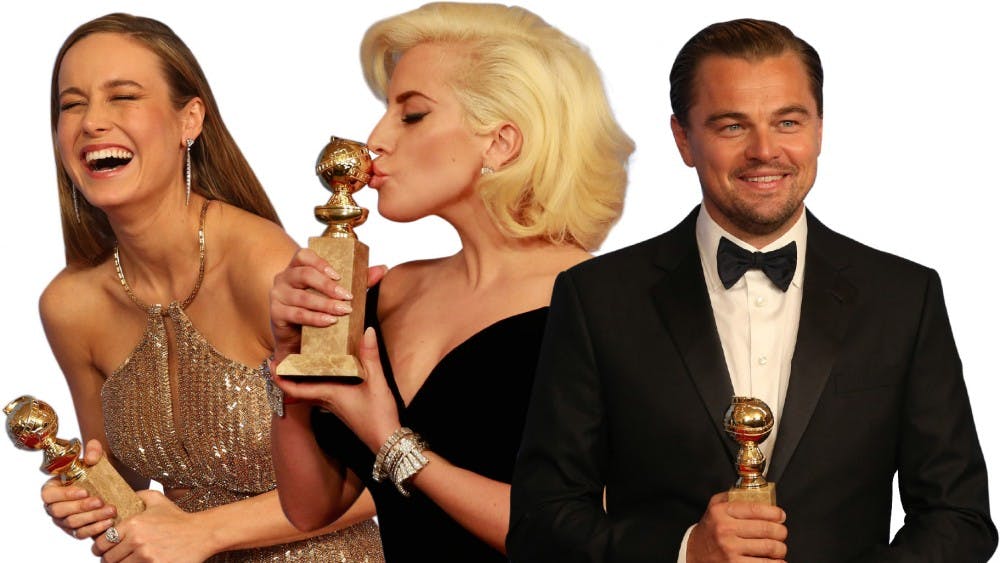With his striking features and deep, penetrating gaze, Cillian Murphy has cut quite a memorable screen image over the last few years. However, it wasn't until I saw the Irish film "The Wind that Shakes the Barley" that I truly revered him as an actor. \nRecently released on DVD, a belated gift for American audiences, this film won the 2006 Golden Palm award at the Cannes Film Festival for its legendary director, Ken Loach. Loach has been known for his quiet, reserved style and observant camera, a relief from the overly frenetic camera shake in independent films of late. His approach to cinema is simple: Let the camera tell the story, let the actors have the freedom to be spontaneous. The effect is realism that is calm, rational and often jarring.\n"The Wind that Shakes the Barley" is a violent film, but it is much more about its characters than its action sequences. It opens with a scene that is innocuous enough, a group of men playing a game of hurling on a field in the Irish countryside. When the game has ended, we meet our hero, Damien (Murphy) a young doctor on his way to London to work in a famous hospital. \nIt is the year 1920 and Ireland is in the midst of an unofficial war with England over the right to be an independent nation. British officers, called Black and Tans, roam the country freely, taking what they want and often brutalizing Irish citizens with no repercussions. The soldiers disrupt the quiet of the opening sequence with their boisterous swagger and break up the gathering, as there is a law against public assemblies. What follows is both shocking and difficult to watch, but it sets the tone of the film well, and we witness the beginning of what will become a conflict that rages in Ireland to this day. \nDamien soon joins his brother in the Irish Republican Army (the earliest faction, a guerilla group that shouldn't be confused with the terrorist cell that still exists today.) Teddy (Padraic Delaney) is a headstrong militant with natural leadership abilities whom Damien both loves and fears. The resistance group begins fighting violence with violence, acquiring arms and training a citizen army that gradually takes back control of the country. \nThough the story is fictional, it is a representation of factual events, and the brothers in the story may well have existed during this time. The treaty of 1921 is negotiated by Republican Irish leader Michael Collins, a treaty that provides for a "Free Irish State," but retains control of six counties in Northern Ireland and forces Irish citizens to swear an oath of allegiance to the British crown. While Teddy accepts this peace accord and joins the "Free Staters" -- the new Irish military -- Damien refuses to accept the compromised peace without actual Irish sovereignty. And here we've arrived at the crossroads, the civil war that would divide Ireland and literally pit brother against brother in a conflict that would eventually claim more lives than the war with the British. \nIn the special features on the DVD, a documentary on the films of Loach features an interview with screenwriter Paul Laverty, who said the film is indeed divisive because it forces the viewer to take sides. Such "political" films of today are generally so staunch in their opinions that this narrative maneuver is a rare treat. Other DVD features include an illuminating commentary with historian Donal O'Drisceoil and Loach, who talks mainly about the technical approach to the film. A special treat is interviews with nearly every lead actor Loach as worked with over the years, including Peter Mullan, Ian Hart, Brian Cox and Robert Carlyle.
Online only: The Wind That Shakes the Barley Grade: A Extras: B

Get stories like this in your inbox
Subscribe





